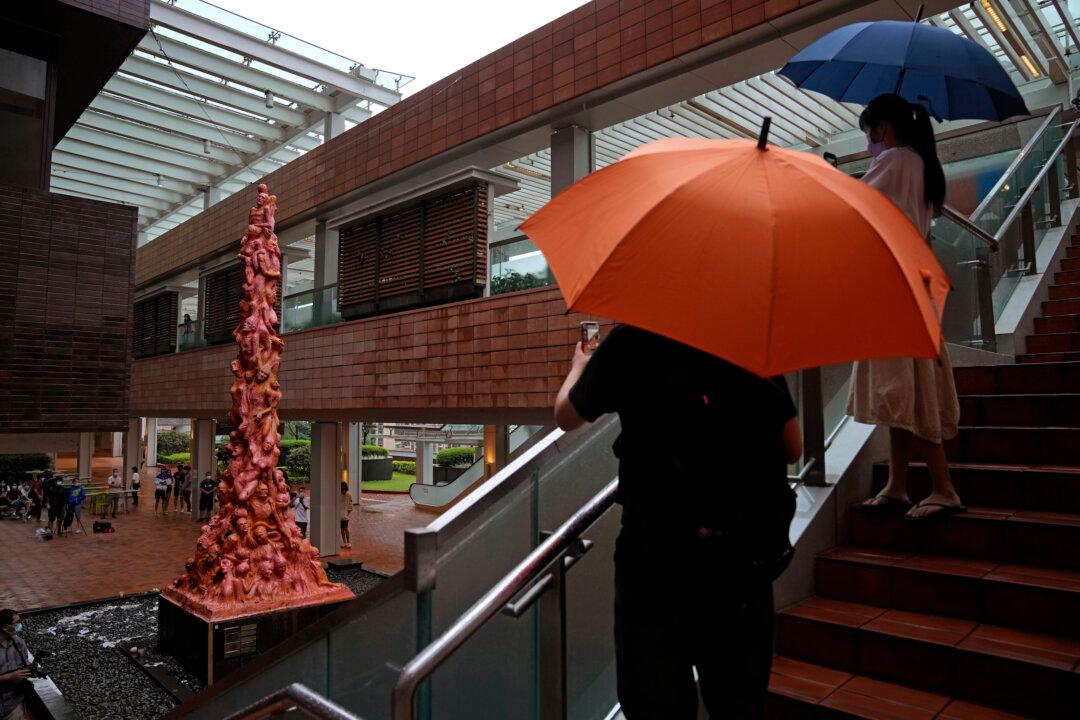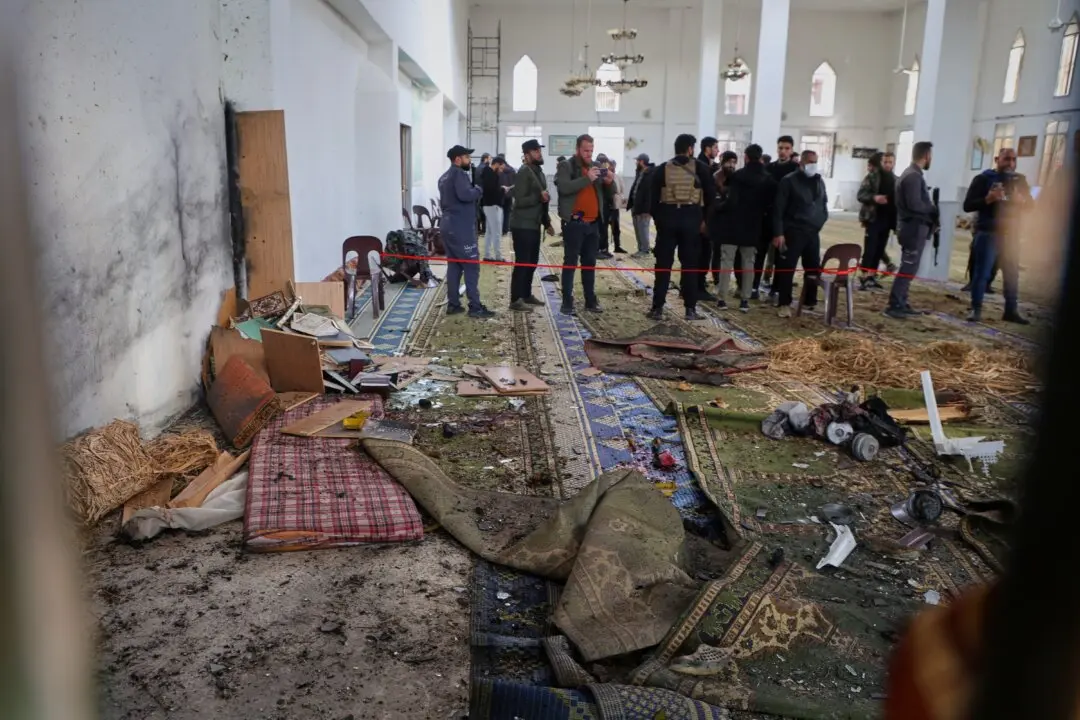HONG KONG—It happened in the dead of night. Workers at the University of Hong Kong put up barriers that largely blocked their activity from view and, over the next several hours, took the towering “Pillar of Shame” statue and carted it away in a container truck early Thursday .
The ‘Pillar of Shame’
There is more than one Pillar of Shame in the world.It is a series of works by Danish sculptor Jens Galschioet that are all the same height and typically made of bronze, copper, and concrete. They have been erected in Hong Kong, Mexico, and Brazil, and are designed to remind people of events that should not happen again.
Importance of the Sculpture
The Chinese Communist Party (CCP) has worked hard to scrub the June 4, 1989, Tiananmen massacre from history on the mainland. Authorities don’t allow any memorials and even whisk dissidents out of town so they can’t organize any commemoration around the anniversary date. There is no mention of it in the media and the day passes like any other.Hong Kong, because it has greater freedoms than mainland China, and Macao were the only places in the country that openly remembered those who died when the CCP sent in troops to end the protest.
Until 2019, a massive outdoor candlelight vigil was held every year on the anniversary. Hong Kong authorities have banned the annual vigil for the last two years, citing COVID-19 risks. They have arrested the organizers of the vigil under a tough National Security Law enacted last year, driving the leaders to disband their group. They have seized materials from a temporary exhibit on Tiananmen that it set up every year.
Tiananmen 1989 and Hong Kong 2021
The Tiananmen massacre, in which hundreds and possibly thousands were killed, was a pivotal moment at which a divided Chinese leadership decided to violently suppress the student demonstration.Hong Kong was a British colony in 1989. After its transfer to the Chinese Communist Party (CCP) in 1997, it was given partial democracy, with some of its legislature chosen by popular vote but not the city’s leader.
Demands for greater democracy sparked massive protests in 2014 and 2019. Demonstrators and police clashed violently in 2019, and Beijing responded by imposing the National Security Law in 2020, which has largely silenced political opposition, and revamping Hong Kong’s election system this year to ensure that only “patriots” can run for office.
Next Steps
Galschioet, the artist, wants the sculpture displayed somewhere else. He said he has offers to display it across from the Chinese Embassy in Washington, as well as in Norway, Canada, and Taiwan.The University of Hong Kong has not said what it plans to do with the work, which it has put in storage, and said it would seek legal advice on next steps.
Galschioet said he will pursue legal action if necessary to get it back.





